Treats Galore in Tobago
Sustainabilty in Tobago
Words by Peter Ellegard
For an island that’s smaller than the Isle of Wight – just 41km (25 miles) long by 12km (7.5 miles) at its widest point, Tobago may be tiny even by Caribbean standards – but it punches far above its weight for natural and cultural riches.
This diminutive island represents less than six per cent of the total land area of the twin-island nation Trinidad and Tobago, with its larger sibling lying just off the coast of Venezuela’s Orinoco Delta some 32km (20 miles) to the south. Its population is also minuscule, numbering just over 60,000 – a
small fraction of Trinidad and Tobago’s total 1.5 million inhabitants. With so few inhabitants and environmental treasures including the Western Hemisphere’s oldest protected rainforest, it’s hardly surprising that Tobago is promoted by its tourist board as the untouched, unspoiled, and undiscovered Caribbean.
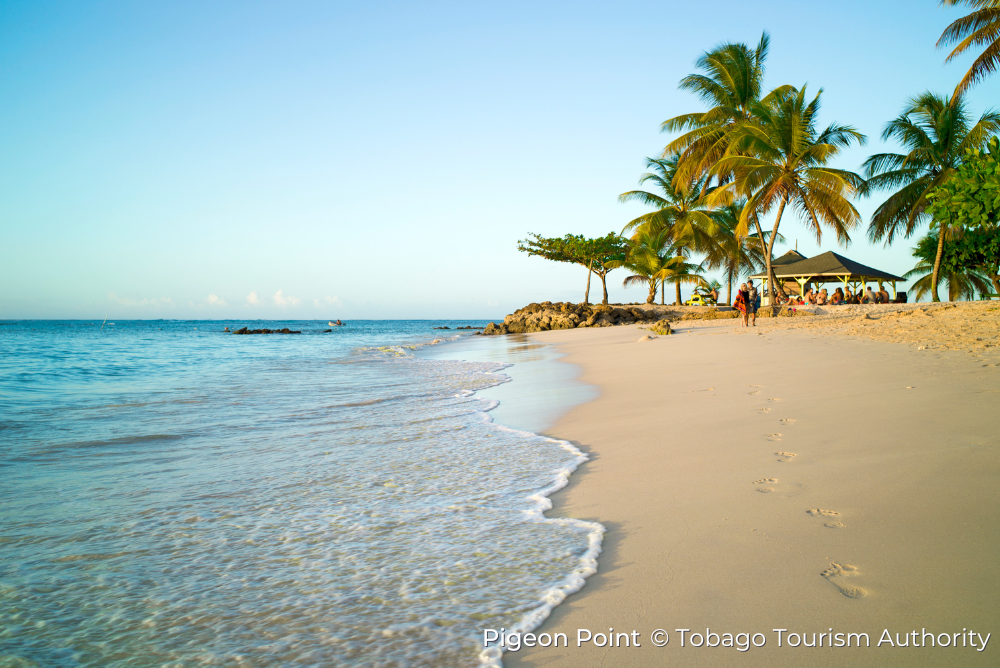
Affordable and laid-back, it has become a favourite with visitors seeking a quiet tropical haven. Bays of uncrowded palm-fringed beaches, from the Caribbean coast’s pristine white powder sands to the dark volcanic sands on its windward Atlantic Coast, are lapped by crystal clear waters teeming with marine life.
Hotels and resorts are typically smaller than on other Caribbean islands and are mostly set around the flatter Caribbean and Atlantic southwest coastlines. They are not densely developed, so nowhere seems over-commercialised. You can also choose to stay in villas, cosy B&B guesthouses or even a treetop hotel. And its capital, Scarborough, feels more like a big village than a teeming metropolis. What really sets Tobago apart are its magnificent natural assets, both on land and below the waves. Thanks to its location, at the far end of the Caribbean’s Lesser Antilles archipelago, the flora and fauna of it and its sister island Trinidad have more in common with that of South America than the rest of the Caribbean and are some of the most biodiverse islands in the region. Both were attached to the South American continent by land bridges up to about one million years ago.
What really sets Tobago apart are its magnificent natural assets, both on land and below the waves
Glorious Greenery
The jewel in Tobago’s ecological crown is the Main Ridge Forest Preserve, which forms the mountainous backbone of the island and encompasses 3,958 hectares (9,780 acres) of tropical rainforest. It was designated in 1776 by Britain’s Parliament after an 11-year campaign by MP, writer and early environmentalist Soame Jenyns and its creation has been described as the first act in the modern global environmental movement.
In October 2020, UNESCO declared Tobago’s North-East region a biosphere reserve under its Man and Biosphere programme, the only larger UNESCO biosphere reserve in the Caribbean being on Guadeloupe. It covers an area half the size of Surrey and spans just over half of Tobago’s land mass as well as a large marine area of coral reefs and mangroves. In total, 1,774 species have been recorded in its 19 habitat types and it is home to globally unique and endangered plants and animals, including such beauties as the rare white-tailed sabrewing hummingbird. Plus, 15 villages – home to about 10,000 residents – have been noted as possessing a rich historical and cultural heritage.

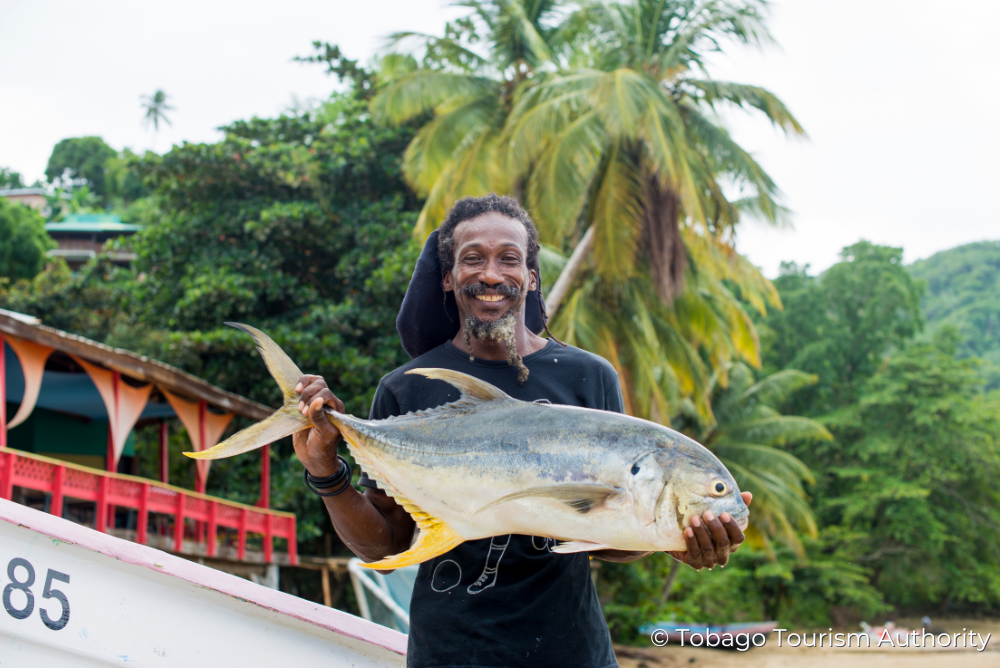
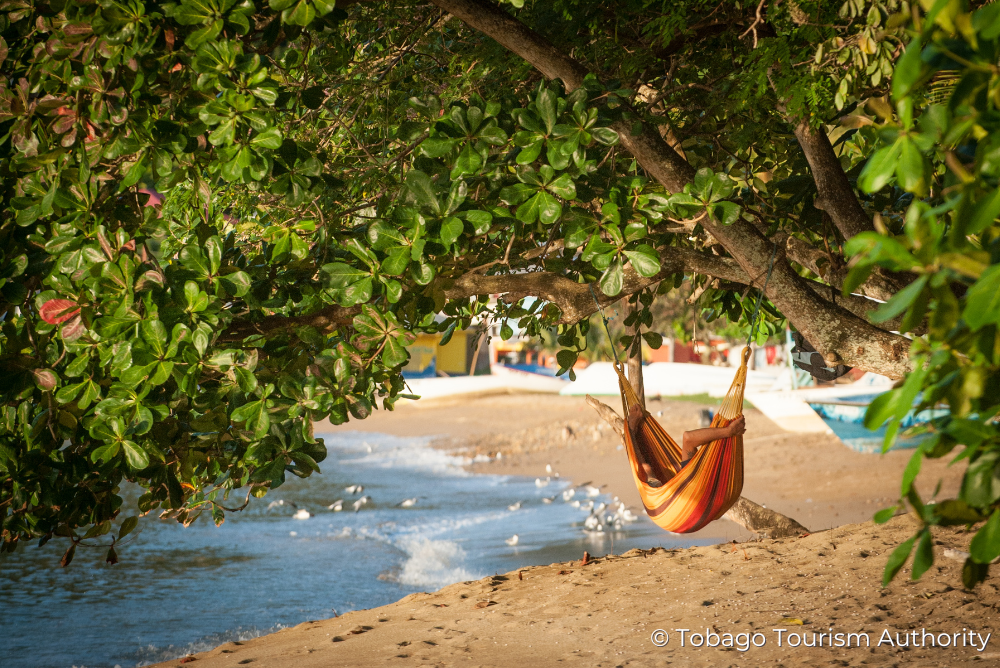
Food is another highlight, with Tobago's cuisine combines African, European, Latin American, and Indian influences.
The rainforest provides habitats for as many as 16 species of mammals, 24 non-poisonous snake species, 16 lizards and more than 200 species of birds, making it a birdwatchers’ paradise. Among them are the orange-winged parrot, red-legged honeycreeper and the blue-backed manakin, only found on Tobago. The ridge is also home to the ocellated gecko, found nowhere else in the world. The Main Ridge Forest Reserve took home the prize for the World’s Leading Eco-Tourism Destination at the World Travel Awards annually from 2003 to 2006, and receives about 15,000 eco-tourists each year. Also in 2020, three Tobago beaches received Blue Flag pilot status, making Tobago the only island in the Lesser Antilles working officially towards full Blue Flag implementation.
Two of the beaches, King’s Bay and Bloody Bay, lie within the NorthEast Tobago Biosphere Reserve, the other being Mt Irvine Bay in the southwest. Food is another highlight, with Tobago’s cuisine combining African, European, Latin American and Indian influences. Find a local restaurant or street food stall and tuck into traditional delights such as curried crab and dumplings, coocoo – a cake to have with gravy and made from cornflour, okra and coconut milk – and pelau, a one-pot Creole vegetable and meat dish. Yet perhaps Tobago’s most prized treasure is its friendly and welcoming people, and visitors are made to feel at home everywhere they go. Take a wrong turning when you rent a car and you will soon be pointed in the right direction with a huge smile.
Good news from Tobago
Festivals, integral to Tobago life, include Tobago Jazz, the Tobago Heritage Festival, the Blue Food Festiva and the October Carnival introduced in 2002.
Bananaquit Vacations, Shepherd’s Inn, Native Abode, Adventure Eco Villas and Tropical Apartments and Tobago’s first Green Key award recipients, recognised for their excellence in environmental responsbility and operating sustainability.
Healing with Horses, a foundation offering rides along the rides along the beach on rescue horses initially created for children with disabilities, is now available to all ages and all abilities.
Good news from Tobago
Festivals, integral to Tobago life, include Tobago Jazz, the Tobago Heritage Festival, the Blue Food Festiva and the October Carnival introduced in 2002.
Bananaquit Vacations, Shepherd’s Inn, Native Abode, Adventure Eco Villas and Tropical Apartments and Tobago’s first Green Key award recipients, recognised for their excellence in environmental responsbility and operating sustainability.
Healing with Horses, a foundation offering rides along the rides along the beach on rescue horses initially created for children with disabilities, is now available to all ages and all abilities.
4 Faves in Tobago
Exploring the past
Tobago’s chequered history has shaped its cultural heritage. Named Tavaco by Amerindian inhabitants after a pipe they smoked tobacco in, Christopher Columbus was so struck by its beauty he called it Belaforme (beautiful in Italian) when sailing past on his 1498 expedition. Over the ensuing three centuries it changed hands 33 times – more than any other Caribbean island – as Europe’s maritime superpowers continually fought over it and brought in African slaves to work the fertile land for tobacco, sugar cane and cotton until the slave trade ended in 1807 under British rule. Discover Tobago’s history and heritage at the Tobago Museum in Scarborough, housed in the officers’ quarters of Fort King George.
Party til Dawn
Sunday School, a tradition in the small seaside community of Buccoo, attracts the faithful from far and wide dressed in their Sunday best. But this is no religious service – Sunday School Tobago-style means one big, allnight open-air party. The steel pan originates from Trinidad and Tobago and at Sunday School, steel pan bands play on stage with couples wining (dancing provocatively) on the dance floor and everyone else drinking and liming (hanging out), listening to the distinctive sounds under the stars, before DJs spin Soca (a blend of African, Calypso and East Indian rhythms) grooves.




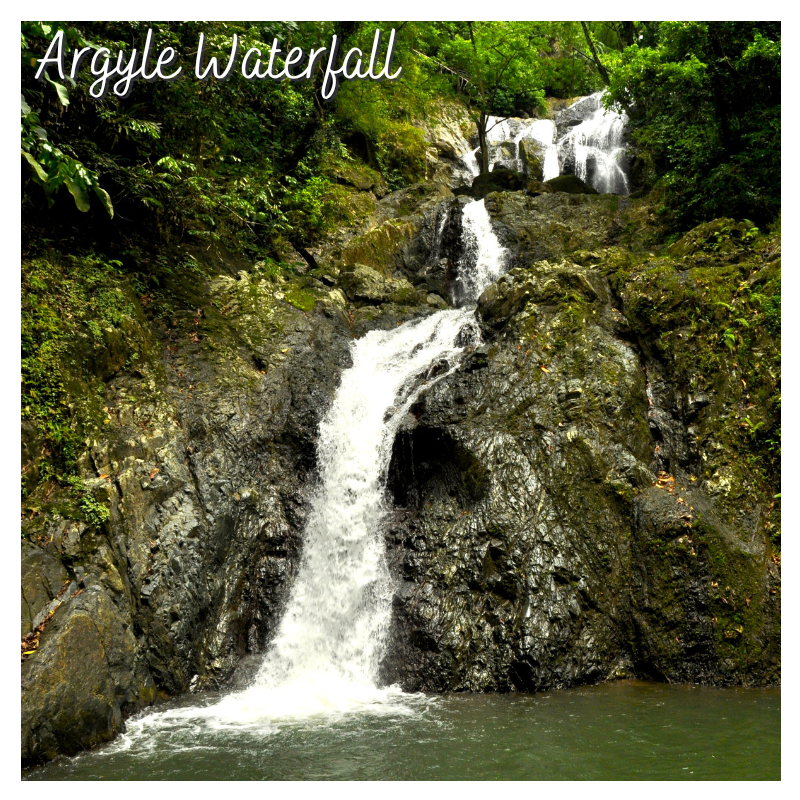



Unforgettable Walks
Hiking is a popular activity on Tobago and most trails are suitable for all abilities. Trails include the Gilpin Trace Trail through the Main Ridge Forest Preserve, ending at picture-postcard Parlatuvier Bay, and two that lead to tumbling waterfalls where you can take refreshing dips in clear pools: Argyle Waterfall Trail and Twin River Falls Trail. Little Tobago Island Trail, on a small island off the north-east coast reached by boat, goes through dense forest and offers spectacular sea views.
Under the sea
Speyside, opposite Little Tobago, is the centre of Tobago’s diving tourism industry. Among dive sites in the area is Kelleston Drain, home to the world’s largest brain coral. Fish seen in the area include triggerfish, stingrays, parrotfish, nurse sharks and reef sharks. Hammerhead sharks, moray eels and lobsters can be seen at coral-covered rock pinnacles site The Sisters. Wrecks divers can explore include former car ferry Maverick, sunk as an artificial reef in 1997 off Rocky Point and often visited by turtles.
Where to stay in Tobago
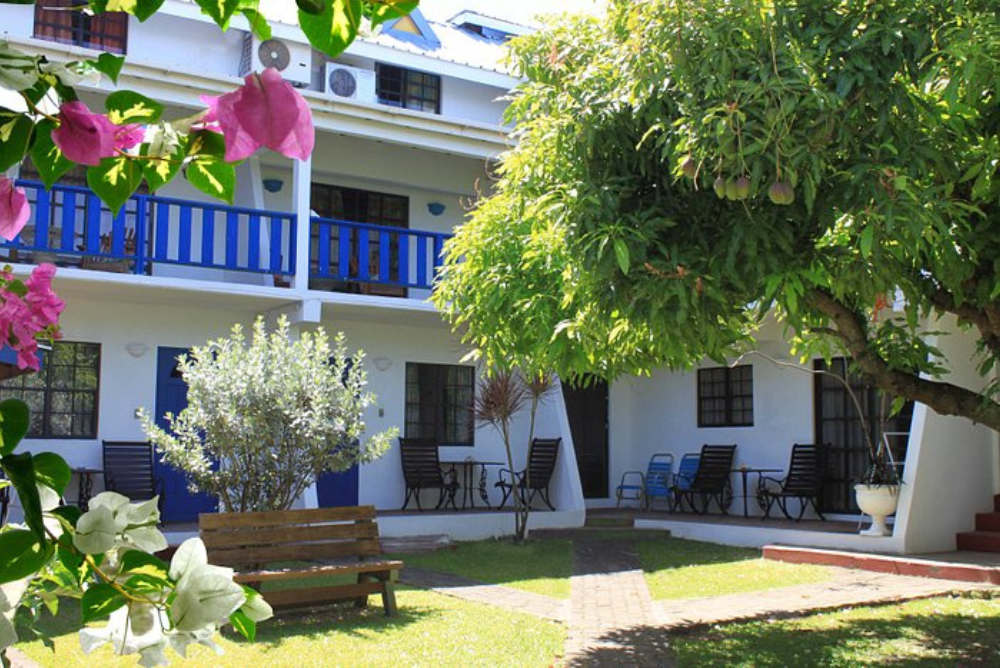
Bananaquit Vacations
Bananaquit’s self-contained apartments are just a short stroll from the crystal-clear blue water of Storebay Beach. Conveniently located at the southernmost tip of the island, in the popular Crown Point area, they’re close to beautiful beaches and a range of entertainment for the whole family. Bananaquit has always tried to operate in a way which has the least impact on the environment. Tobago is still an untouched, unspoiled beautiful island and the team at Bananaquit want to ensure it stays that way. Bananaquit was awarded the Green Key award and works with local communities to forge a way ahead for a greener, cleaner and more sustainable Tobago.
Native Abode
Native Abode styles itself as your home away from home, Tobago style, creating an experience that’s warm, tranquil, nostalgic, and yet contemporary. A family-owned and run business, strategically located in the village of Bon Accord in south-west Tobago, the team strive to provide their guests with a taste of the cuisine, culture and language of Tobago in an environment of personalised service and pampered luxury. This Green Key-awarded property champions local businesses and ensures that visitors are able to experience Tobago with a positive impact on the local community and environment.
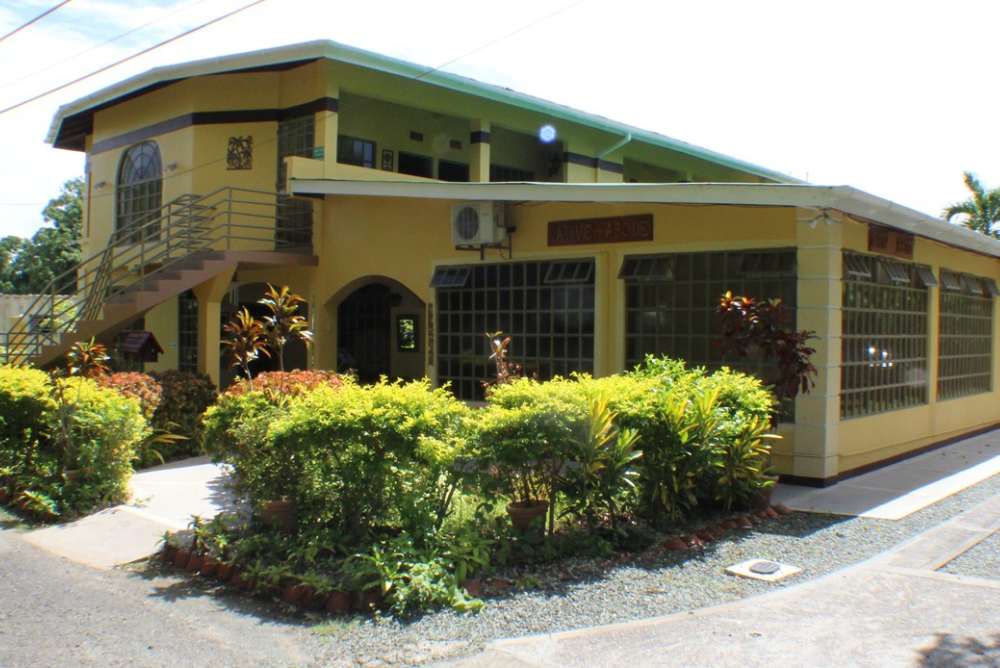
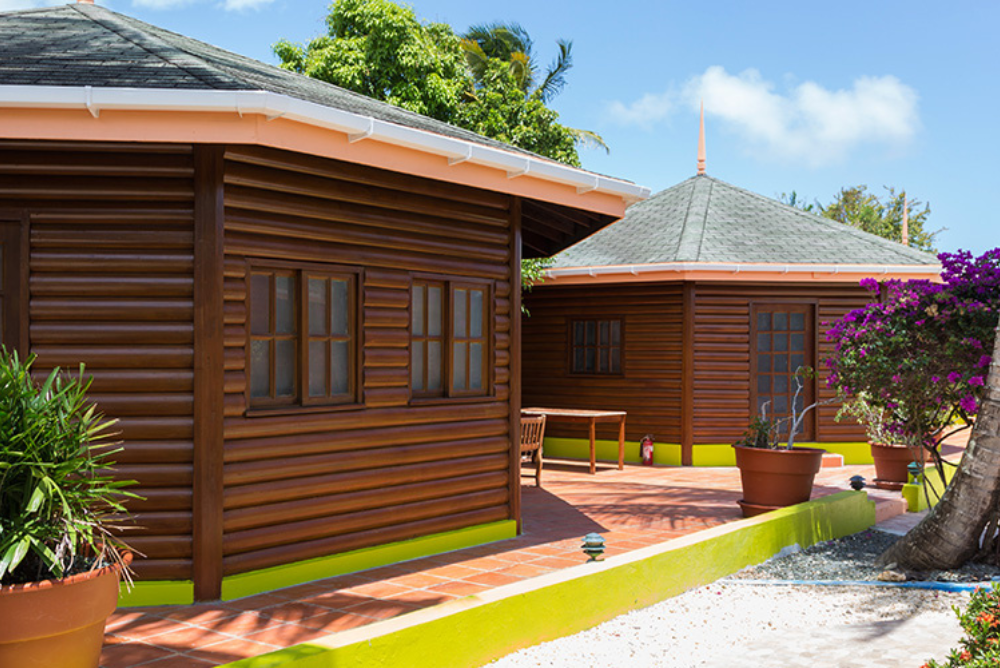
Shepherd's Inn
Shepherd’s Inn is a friendly 20-room hotel also in the popular Crown Point region of Tobago. Experience true Tobagonian hospitality at this well-located property, knowing you’re staying at a hotel which has sustainability at its core. Having been awarded the Green Key award, Shepherd’s Inn has demonstrated remarkable efforts in assuring that its operations are environmentally sustainable. With initiatives which centre on protecting the environment, and conserving water and energy, the team at Shepherds Inn is committed to preserving the beauty of Tobago for years to come.
Adventure Ecovillas
Set among a lush nature reserve, Adventure EcoVillas has one of Tobago’s best locations to view the island’s many hummingbirds and other birdlife, but with all the comforts of top-class accommodation. As well as being surrounded by all the tropical flora and fauna, Adventure EcoVillas is next to an organic fruit farm and only minutes away from palm-fringed beaches with excellent snorkelling. Adventure EcoVillas has been commended by The Caribbean Tourism Organization (CTO) for
the role it plays in helping to advance the region’s sustainable tourism product, and its team pride themselves on the elegant comfort, serenity, and naturally relaxed atmosphere they provide at this unique jewel.
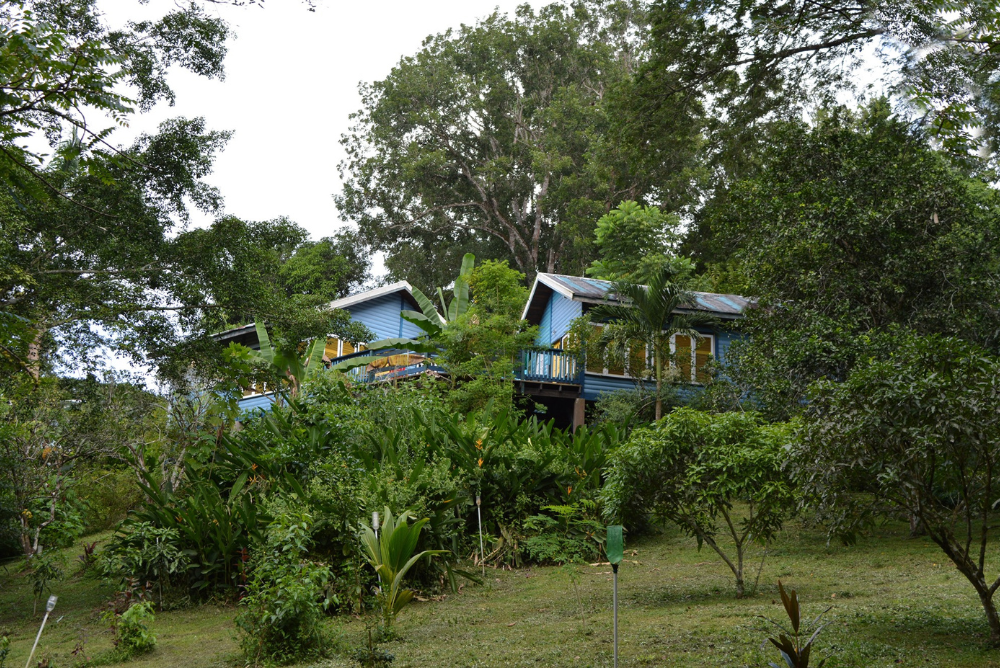
Want to find out more?
Read more from the Sustainable Caribbean supplement of Charitable Traveller, find out more about the island’s sustainability practices, or head to the Tobago page to find out more.

















 by net effect
by net effect